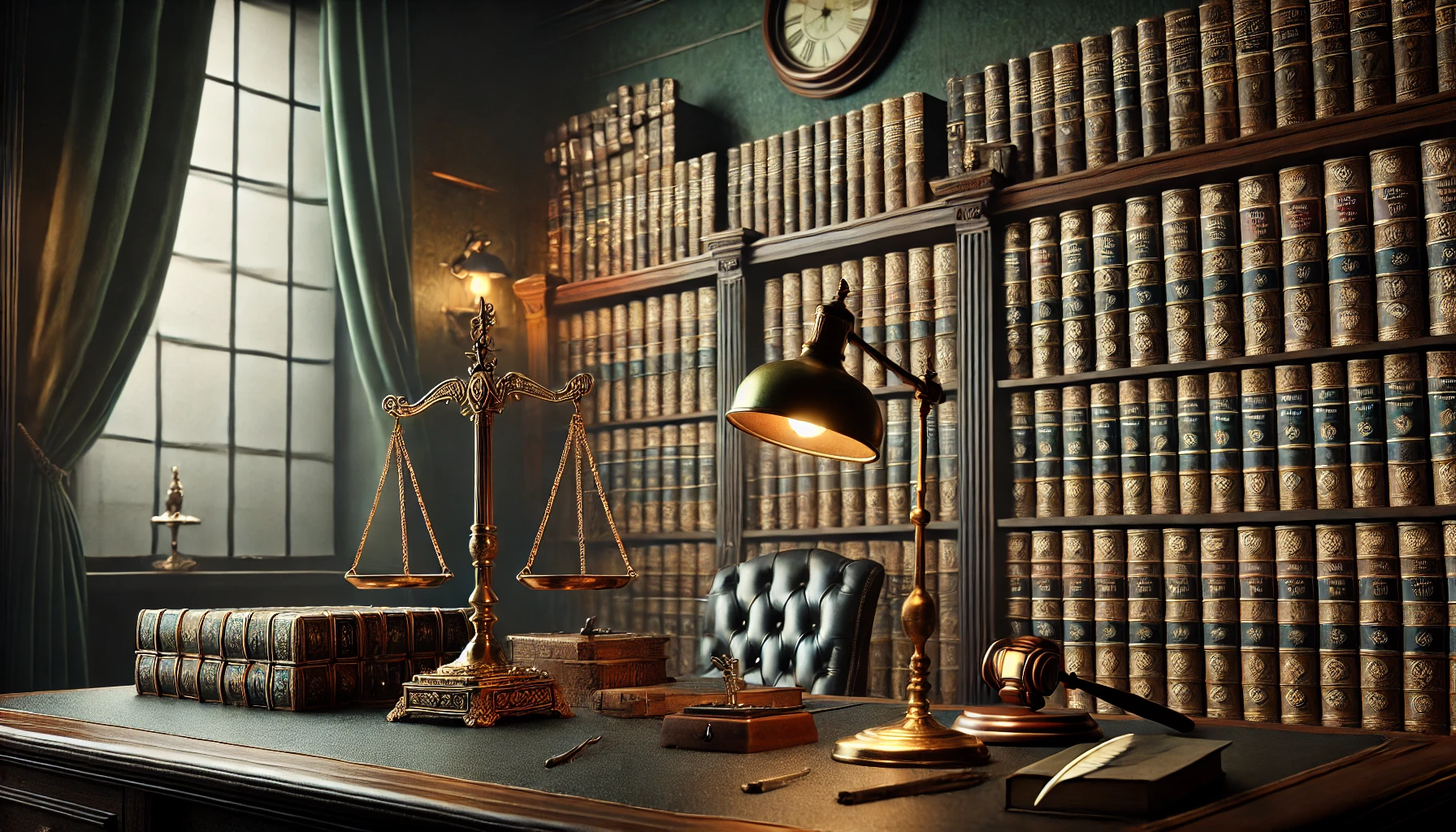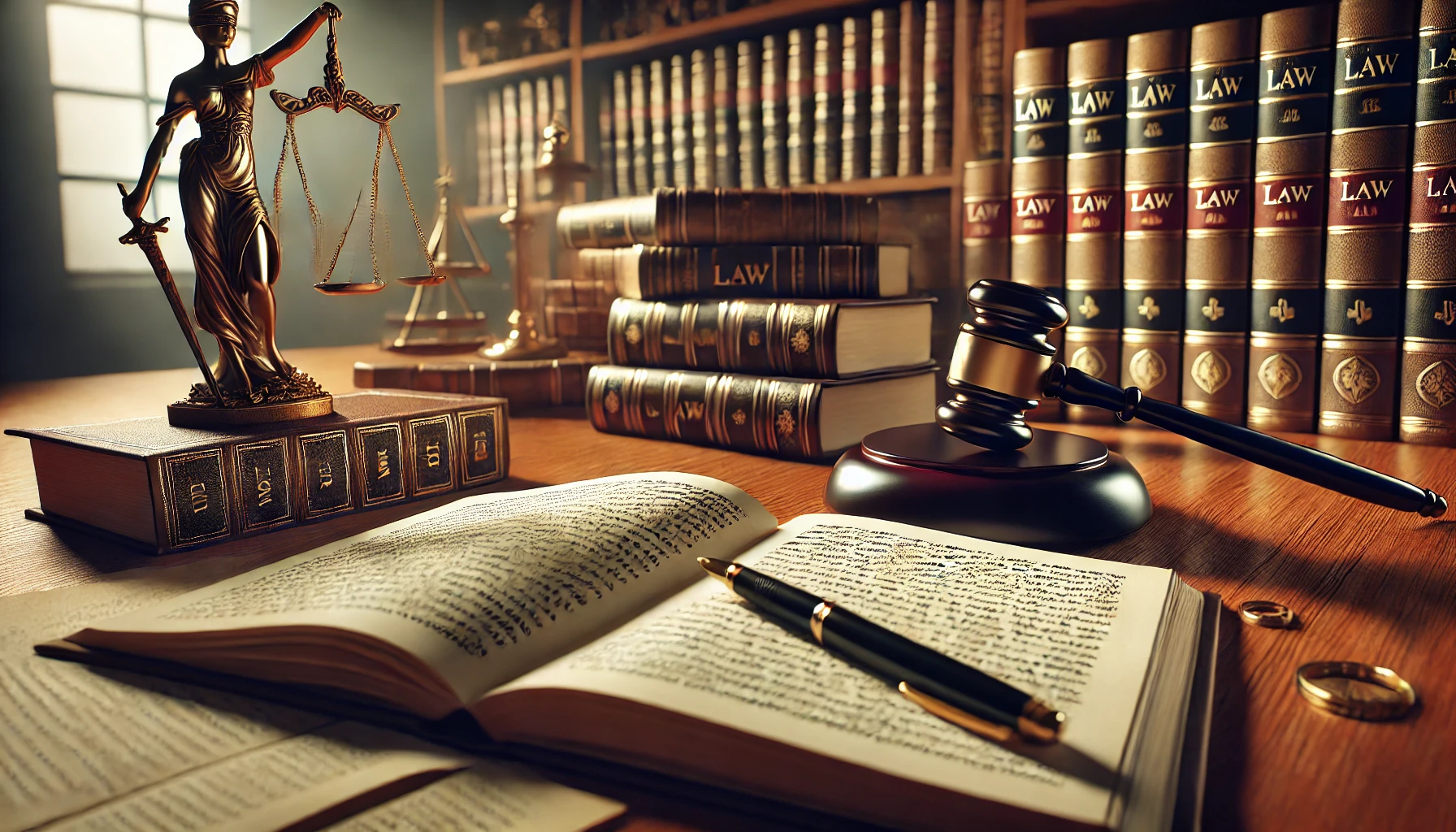Author Details:-
Vibhansh Soni
INTELLECTUAL PROPERTY RIGHTS- COPYRIGHT
Intellectual property refers to the ownership of creations that stem from human imagination, ideas, or designs. It comes in various forms, with the most common being trade secrets, copyrights, trademarks, and patents. A patent grants an individual the exclusive right to their inventive ideas, preventing others from using those ideas without permission. This right allows the inventor to sell, use, distribute, produce, import, or export their invention for a period exceeding 20 years. If a person’s contribution, whether alone or with others, has significantly shaped the final concept of the invention, that person is entitled to the innovation. Protecting intellectual property plays a crucial role in fostering innovation.To safeguard the rights of publications and authors, copyright laws were established. These laws emerged in response to the threats posed by copying to the book trade. They are based on the concept of the “author” and the unique traits that define human creativity. The rights granted to individual authors by the Berne Convention (1971) extend beyond their contractual obligations to their employers. However, this framework is gradually being altered to allow corporate owners unrestricted “copy rights.” The Trade-Related Aspects of Intellectual Property Rights (TRIPS) Agreement, which took effect on January 1, 1995, recognizes the Paris and Berne Conventions, with the notable exception of Article 6b of the Berne Convention.Under India’s copyright law, creators of original literary works are granted moral rights. These rights encompass three key aspects: the right to publication, the right to attribution, and the right to integrity. It’s important to note that moral rights are separate from the financial rights associated with fictional works and persist with the creator even after copyright has been transferred.The internet is widely recognized as one of the primary platforms where copyright infringement occurs at a high rate. Piracy can take many forms, affecting everyone from developers to end users, including intermediate service providers. While the Copyright Act does encompass computer programs and communications via computers, this area of law has often been viewed as ambiguous. Even the most recent amendment in 2012 did not explicitly address the inclusion of the internet. However, it was later clarified that internet activities fall under copyright law. On September 5, 2016, the Department of Industrial Policy and Promotion (DIPP) issued an Office Memorandum stating that internet broadcasting companies are considered broadcasting organizations under Section 31 D of the Copyright Act, 1957. As a result, these companies are required to obtain a statutory license (Balaji. S. (2016)). Additionally, relevant sections of the IT Act 2000 and certain provisions of the IPC/CRPC can also address issues of copyright violations on online platforms.Infringement of copyright is detailed in Chapter XI of the Act, 2012, and is further clarified by court references in cases of copyright violation. It constitutes infringement when an individual engages in actions that breach the rights of the copyright owner as protected by the Act. This includes knowingly sharing others’ work with the public for profit, selling or renting it out, distributing it for commercial purposes, and importing it into India for profit. Justice M. Fazal Ali’s opinion, citing American Jurisprudence in the case of R.G. Anand vs. Delux Films, is relevant here: “Infringement of a copyright is a trespass on a private domain owned and occupied by the owner of the copyright, and, therefore, protected by law. Infringement of copyright, or piracy, which is a synonymous term in this context, involves any action taken by a person, without the consent of the copyright owner, that violates the exclusive rights granted by statute to the copyright owner (AIR 1978, Section 1613).”Whenever copyright or any other right conferred by the Act be violated, the person charged could result in fines and incarceration. Act No. 27 of 2012, page 41, states that any person who intentionally violates the law faces “a fine of not less than fifty thousand rupees but not more than two lakh rupees and incarceration for a duration which shall not be shorter than six months but which could be extended to three years.”The court has the authority to impose a fine of under 50,000 rupees and a jail term of less than six months if the law was breached without the intent of commercial gain. However, if the individual commits the violation again, they will face harsher penalties for repeat offenses, including a minimum prison sentence of one year, which can be extended to three years, along with a fine starting at one lakh rupees, potentially increasing to two lakh rupees.Copyright is at a pivotal moment: it must adapt to the increasing demand for legitimate access to protected works, especially music, as well as academic resources used for research and distance learning. If it fails to do so, peer-to-peer networking and other online communication methods could lead to the downfall of copyright. The outcome will largely depend on how swiftly the so-called “content industries” can create revenue streams that cater to various user groups. While copyright is likely to persist, a shift in its application and management will be necessary. In today’s Internet age, enforcing traditional exclusive rights to restrict the use of protected content seems almost impossible. Still, the concept of copyright remains the most effective foundation for seeking financial compensation.Copyright serves as a fundamental protection for the works of creators. It recognizes and safeguards creative thinking through legal means. As a vital aspect of progress, a civilized society must nurture inventiveness. Legal protections for writers, musicians, filmmakers, architects, and software developers encourage them to be more creative and innovative; thus, protecting copyright is closely tied to fostering inspiration and creating an environment that promotes innovation. Although copyright law can be restrictive and limiting, lawmakers have sought to find a suitable balance between the needs of the public and the rights of copyright holders through various limitations and exceptions. Copyright law permits the use of works without restriction for purposes such as research, reporting on current events, judicial proceedings, or non-profit activities.If copyrights have been violated, the regulatory section manages the penalties. However, completely banning such activities at all levels is neither practical nor enough. Another approach to reduce the chances of these violations is to increase awareness. We can look forward to a more creative, progressive, and improved nation with an enlightened population.




Leave a Reply